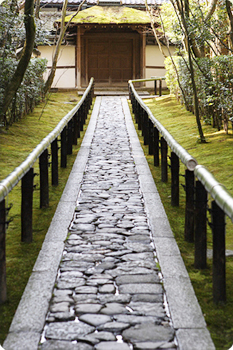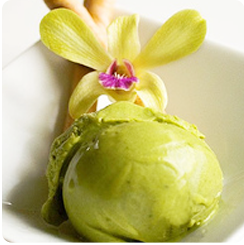
History
Tea has been drunk in China for almost 5000 years and was introduced to China by the mythical emperor Shen Nong, who ate leaves as an antidote to other plants with poisonous qualities. Initially a medicine, it was steamed and pressed into hard cakes.
Origins
With the rise of Buddhism in the 3rd century, tea gained in popularity as an alternative to alcohol. By the early 7th century it had spread from the priests and aristocracy to the common folk. In 760 A.D. the scholar Lu Yu wrote the classic Cha Jing (Book of Tea) Introduction to Japan.
Arrival in Japan
Tea arrived via Buddhist monks to Japan at the start of the 800’s with Emperor Saga doing much to promote it as a medicine among his court. It was not until the arrival of the new matcha style of pounding leaves to powder in the late 12th centurythat it began to gain popularity as a beverage, mainly due to the efforts of Eisai, who preached the benefits of both tea and the new Rinzai sect of Zen.
Tea Ceremony
 The new matcha style of beverage, though stemming from Zen Buddhist ritual began to find popularity as a diversion for the aristocrats of the day, who engaged in grand tea parties where betting and feasts were indulged in.
The new matcha style of beverage, though stemming from Zen Buddhist ritual began to find popularity as a diversion for the aristocrats of the day, who engaged in grand tea parties where betting and feasts were indulged in.
By the end of the 15th century, some sought a return to a simpler style, more in keeping with its roots in Zen Buddhism. It was Sen no Rikyu, tea master to the shogun Hideyoshi Toyotomi (1537-1598) who perfected the style that has endured to this day. Based on ideals of harmony, respect, purity and tranquility (Wa-Kei Sei-jaku), the wabi-sabi aesthetic style spread to touch many other areas of Japanese culture such as pottery, cuisine and design.
Steeped Tea
The Ming dynasty style of steeped tea drinking was brought from China by a Chinese monk, Ingen, in the mid 17th century. By 1738 the Uji method of rolling the leaves to allow better infusions was developed. This along with the development of new varieties such as Gyokuro in 1838, popularized tea as the national beverage.

